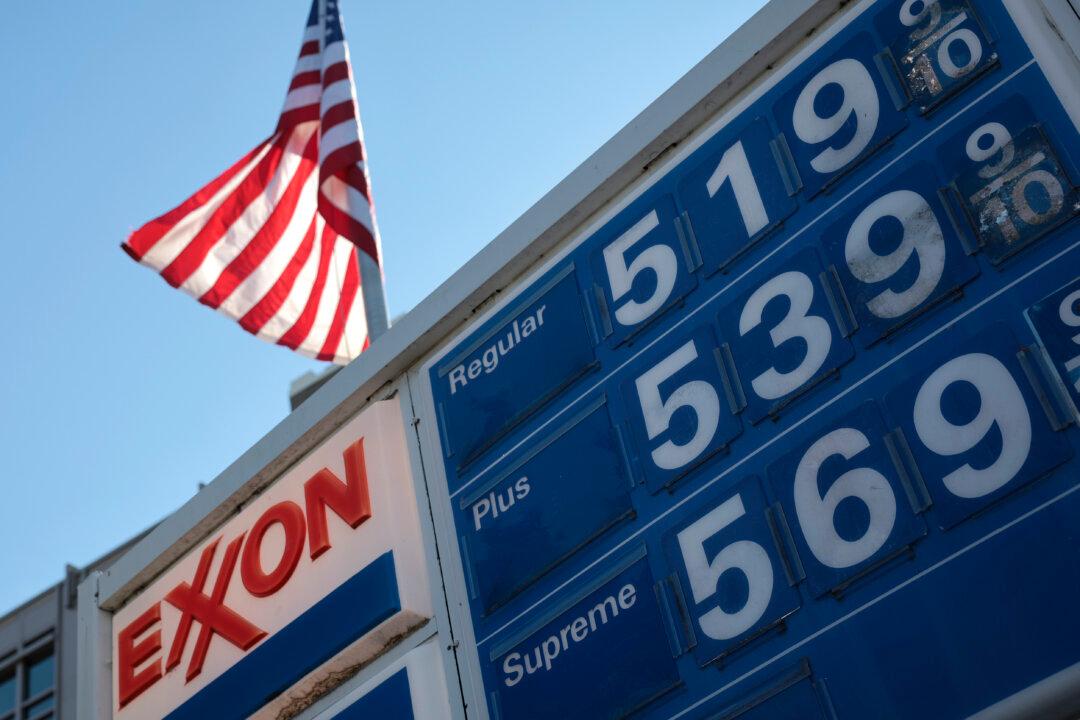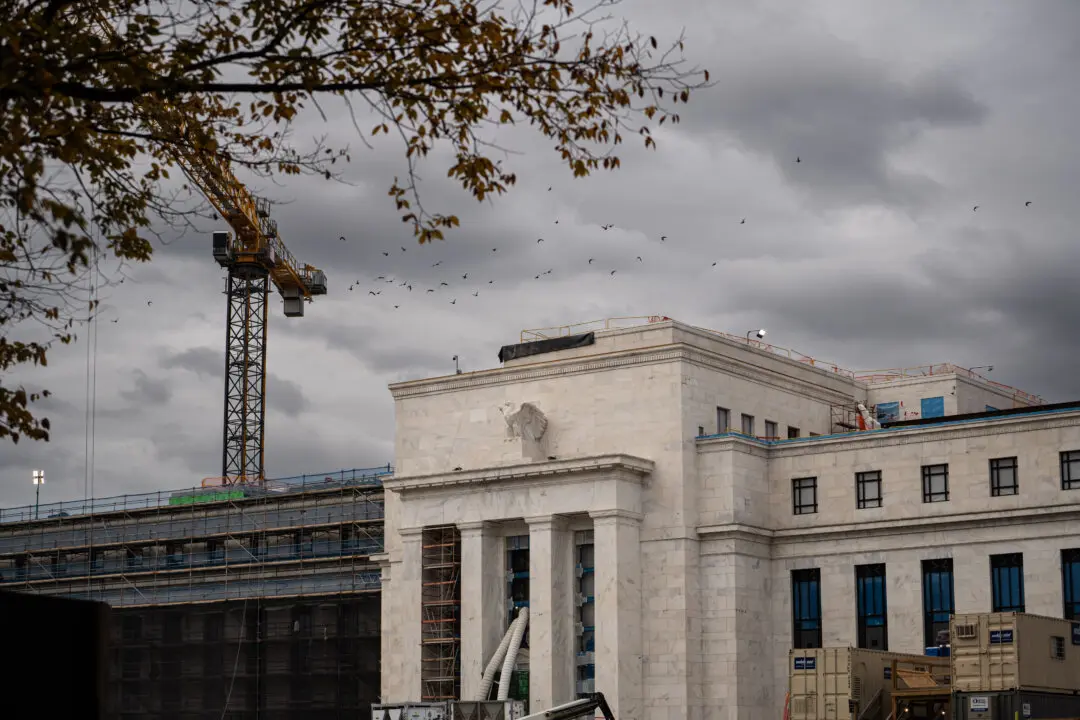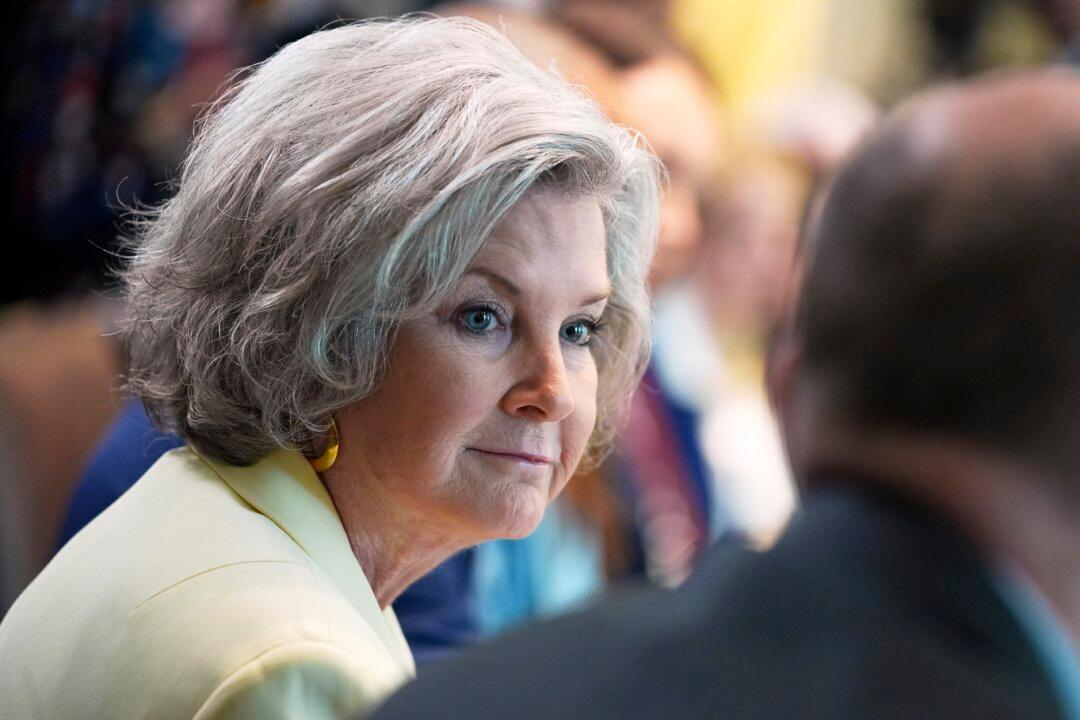Retail gasoline prices have risen by $1.40 per gallon on average nationwide over the past year, squeezing consumer budgets and limiting spending on non-energy items.
“If sustained, consumers will shell out nearly $160bn more for gasoline relative to last year,” a new report by Deutsche Bank says.





